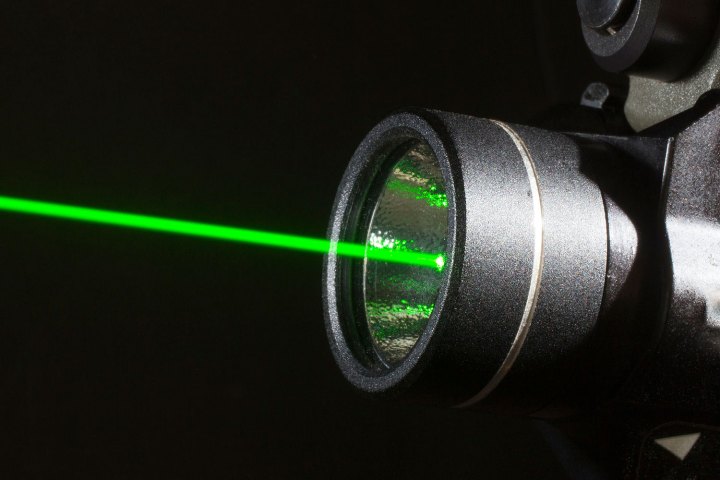
Canada geese (also known as Canadian geese) look cute and innocent, but the birds are a growing problem in Canada. While most Canada geese migrate each season, large populations of the bird have been opting not to fly south and have taken up full-time residence in British Columbia.
The birds can be a menace, devouring the green shoots of grain crops planted by farmers and fouling pastures with their waste. “Especially crops like wheat and barley,” said University of Victoria in British Columbia student Peter Rashleigh in an interview with All Points West. “They sit there all night and sort of chew away at it, and they can do significant damage to the crop.”
Rashleigh is a farmer himself and understands the struggle farmers face with this bird. Working with five other students, Rashleigh developed a high-tech scarecrow to scare away the geese before they can devour a farmer’s crops. Farmers can’t use flash bangs and other loud noises to scare the geese at night, so the team explored the use of light, which already is being used to scare birds in other environments. The team tested different light sources and found that a low-power laser was the most effective deterrent against geese. “Geese are very effectively scared by lasers, especially green lasers, even at very low power levels,” said Rashleigh.
Once the device is installed, farmers only have to enter the coordinates of their field, and the device will do the rest. The laser-wielding scarecrow is able to move the laser beam across a designated area, scaring away the geese in the process. Rashleigh indicated that the high-tech scarecrow is still in the early stages of development and needs further refinement before it can be sold commercially.



